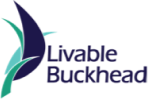Carbon Lingo: It Is Easier Than You Think
 You see it on your social feed, hear it in the news, read it in articles, and watch shows discussing ‘carbon.’ So many words are added to the core word ‘carbon.’ We have carbon emissions, footprints, embodied, energy, sequestrations, and stock. With Livable Buckhead looking toward the future of a clean community environment through the reduction of emissions, it is time to discuss cleaner development for visitors, residents, and workforce.
You see it on your social feed, hear it in the news, read it in articles, and watch shows discussing ‘carbon.’ So many words are added to the core word ‘carbon.’ We have carbon emissions, footprints, embodied, energy, sequestrations, and stock. With Livable Buckhead looking toward the future of a clean community environment through the reduction of emissions, it is time to discuss cleaner development for visitors, residents, and workforce.
With so many choices in daily life, it can be exhausting. Just going down the bread aisle can be decision gymnastics. Sometimes, simplification is best to build knowledge helping with those choices. Whether you are an expert needing a refresher or an individual wanting to know the basics or just somewhere in the middle, let’s do it together as a community. Where to start? As someone involved in sustainability, I am exposed to new carbon terms constantly. The word ‘carbon’ is a buildable foundation allowing for framework of expansion. Here is the tea to carbon lingo fundamentals.
Livable Buckhead is about to tackle Upfront (Embodied) Carbon. Having been working to reduce carbon footprint in areas of development, water, mobility, waste, energy, air, and greenspaces, Livable is ready to keep building its knowledge working toward clean development reducing upfront carbon emissions. Partnering with Urban Land Institute’s Center (ULI), Livable is supporting awareness and education to the Buckhead community. With growing development in Buckhead, it is essential to lower the emissions used when constructing projects. The community will see health benefits while contributing nationally and globally to the 2030 agenda.
President Biden set a goal of achieving a carbon pollution-free power sector by 2035 and net zero emissions economy no later than 2050. Senator Markey and Congresswoman Ocasio-Cortez reintroduced the Green New Deal Resolution on April 20, 2023. The ten-year plan includes upgrading and constructing new buildings in order to maximize efficiency and affordability spurring massive growth in clean manufacturing and removing emissions from industry.
The United Nations (UN) Sustainability Development Goals (SDG) is a 17-goal agenda for 2030. Build resilient infrastructure, promote inclusive and sustainable industrialization and foster innovation is Goal-9. We are creating new innovative ways to reach the 2030 goals. The UN estimated that between 2020 and 2050, new projects will generate half of their emissions from embodied sources, such as concrete and steel, and half from the energy used in operation. The embodied carbon emissions from all buildings, infrastructure, and associated materials shall immediately meet a maximum global warming potential (GWP) of 40% below the industry average today. Architecture 2030 is a non-profit, non-partisan and independent organization established in 2002 in response to the ongoing climate emergency whose mission is ‘to rapidly transform the built environment from the major contributor of greenhouse gas emissions to a central solution to the climate crisis’. Architecture 2030 is a great resource for embodied carbon information.
Join us in the series to build our knowledge around upfront carbon.
Teresa Perkins is a climate change and sustainability journalist, who is creating research-based climate change content pertaining to sustainable energy at local, national, and global level for publication and distribution. She partners with non-profit organizations for innovative ideas and sustainability projects and connects global UN Climate Change reports to local initiatives.





